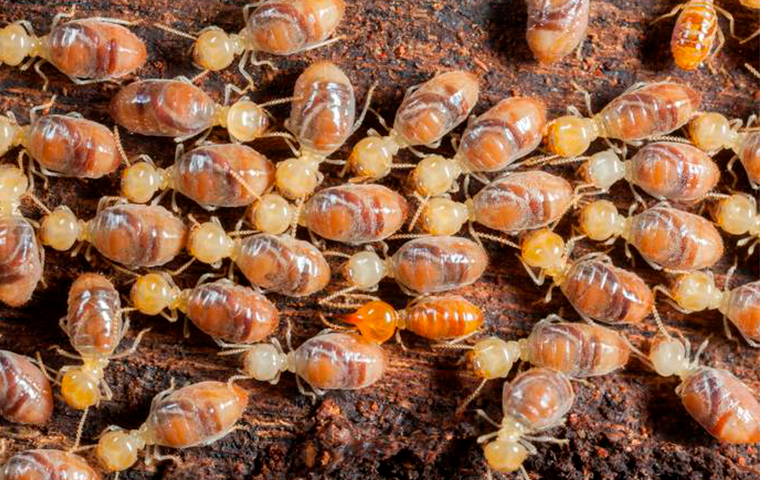
Termites primarily inhabit various locations such as the base of trees, the root crown of large trees, and decayed or fallen timber. Some species construct arboreal nests high up in trees, while others establish nests in wooden structures or soil. Termites thrive in tropical regions where moisture and warmth are abundant, creating optimal living conditions for them.
Subterranean termite colonies typically form nests in soil. Within these nests, termites construct intricate tunnel systems and mud tunnels to access above-ground food sources.
As for their diet, termites consume a variety of materials, with timber being the most common. They also feed on cellulose-based materials like poly-styrene and cardboard. Termites possess special enzymes produced by bacteria and protozoa in their stomachs, allowing them to digest cellulose and derive nutrition in the form of sugar.
Regarding their lifespan, worker and soldier termites typically live for one to two years, while queen termites can survive for over a decade under favorable climate conditions. Workers are responsible for tasks such as foraging, nest maintenance, and caring for young termites. Soldiers, equipped with large mandibles, defend the colony against predators. Reproductive termites, including kings and queens, are the sexually mature members responsible for perpetuating the colony.
The termite life cycle begins with eggs laid by the fertilized queen, which hatch into pale white larvae. These larvae molt several times, eventually developing into workers, soldiers, or reproductive termites, also known as alates. The life cycle culminates in a mating flight, during which winged reproductive termites leave established colonies to procreate. After mating, the winged termites shed their wings and establish new colonies, with the queen and king termites assuming central roles in reproduction.
